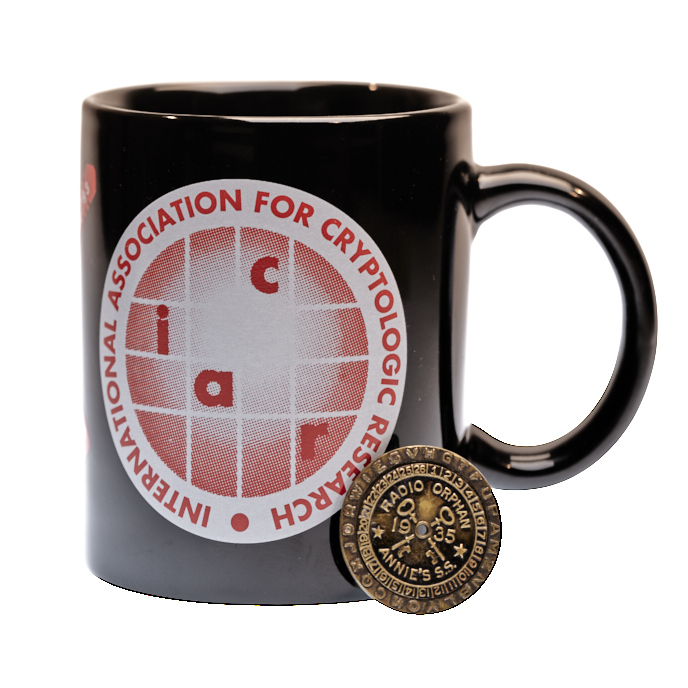

Between 1935 and 1949, many North American children (and adults) got their introduction to cryptography through encrypted messages broadcast at the ends of episodes of two popular radio adventure serial programs: Little Orphan Annie and Captain Midnight. Dedicated listeners could join Radio Orphan Annie's Secret Society or (later) Captain Midnight's Secret Squadron, whereupon they would be sent a decoder that would allow them to decrypt each week's messages (generally a clue about what would happen in the next episode).
Orphan Annie (and her Secret Society members) fought crime, battled pirates, solved mysteries, and had other typical American pre-adolescent adventures. Captain Midnight (with his Secret Squadron) used his aviation prowess to perform daring rescues and emergency transports, and, with the outbreak of WWII, was commissioned by the government to lead secret missions behind enemy lines.
The main qualification for membership in (and issuance of a decoder for) Radio Orphan Annie's Secret Society and Captain Midnight's Secret Squadron involved drinking Ovaltine, a malted milk flavoring containing the vitamins and nutrients then understood to be needed by growing secret operatives, or at least to be profitable for its manufacturer (which sponsored the broadcasts). Proof of sufficient Ovaltine consumption was established by mailing in labels from Ovaltine packages. New pins and badges were issued annually, requiring additional labels to be sent in each year. (The devices are sometimes remembered as decoder rings, but in fact they took the form of pins, badges, and the occasional whistle or signal mirror.)
Orphan Annie's Secret Society produced decoders (variously called "Super Decoder pins", "Telematic Decoder Pins" and other names from year to year) from 1935 through 1940. From 1941 through 1949, the decoders were rebranded as "Code-O-Graphs" and distributed by Captain Midnight's Secret Squadron. These years corresponded to Ovaltine's sponsorship of the respective programs. Although the decorative elements and mechanical designs varied, the underlying cryptographic principles were the same for all the decoders.
Encrypted messages were included in the broadcasts roughly once per week, usually at the end of Thursday's show (which typically ended with a cliffhanger). Unfortunately, there does not appear to be an easily available full online archive of the broadcasts. However, you can listen to (and, with the information below, decode) airchecks of several original messages here (note the year to ensure you use the correct decoder badge parameters):
These decoders have endured as iconic examples of simple, "toy" cryptography, even among those (like me) born well after the golden age of radio. And while they are indeed vulnerable to weaknesses that make them unsuitable for most "serious" use, that doesn't mean we shouldn't take them seriously. In fact, the underlying cryptographic and security principles they embody are important and subtle, part of the foundations for much of "modern" cryptography, and the badges combine multiple techniques in interesting ways that repay a bit of careful study. Indeed, they were almost certainly the most cryptologically sophisticated breakfast premiums ever produced. And, by understanding them sufficiently well, we can cryptanalyze and decode messages without needing to buy Ovaltine or scour Ebay. The rest of this post explains how.